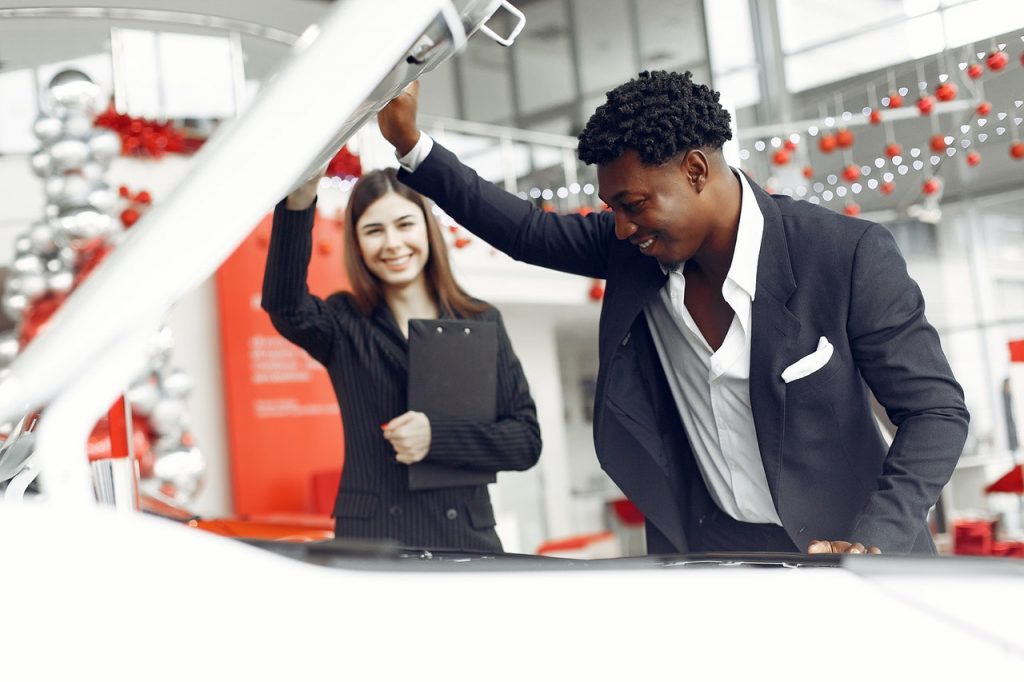So you’ve bought a car. Nothing fancy, but it seems dependable. You’ve done your research, and the make and model have a good track record. Maybe you got it for a reasonable price from a friend or a used-car lot. You drive it around for a couple of weeks until the worst happens: your car suddenly breaks down. There’s nothing more disheartening than your car giving up on you, especially if it’s your sole means of transportation.
Now you’re stuck with a dead car and an expensive repair bill to boot. There’s no warranty to speak of, and you have no choice but to bring your car to an auto repair shop. You’re probably wondering, “Is there anything I could’ve done to avoid this?” The answer is always yes. Buying a preowned SUV can be a great financial decision, but only if you know what you’re doing.
It’s not easy to navigate the tricky world of used automobiles. There are many unknowns you have to uncover, and the onus is on buyers to ensure that everything’s all right before closing the deal. You can avoid many headaches if you show some vigilance and common sense.
You wouldn’t buy a shirt without trying it on for size, and you need to apply the same concept to automobiles. Experienced buyers make it a point to have the merchandise inspected before purchasing it. Having a proper mechanic give a car a quick look can prevent many issues down the line. There are other things you might want to do as well. Here are some of them.
1. Do your research
You can trust an auto mechanic to give you an honest assessment of the car you’re eyeing. After all, they’re the automobile experts. But even experts aren’t infallible, and it helps to fill some of the gaps yourself. You also need to understand the ins and outs of the vehicle you want to buy. Start by reading literature specific to the car’s model, particularly the service manual.
Of course, the availability of the service manual differs from car to car. You can easily find a manual for automobiles released in the last twenty or even thirty years. But vintage automobiles can be more challenging. If you get your hands on a copy, make sure to check the specifications of the automobile. It should also contain valuable information about maintenance. Should you have any questions related to the vehicle, you can always trust the manual to give you an answer.
2. Check the tires
A car won’t go anywhere without working tires. For starters, you want a car with a good set of tires that will last you for years. You may need to buy a replacement set if you’re buying an older car, but that’s a good thing because that means you get to use brand-new tires. If you have doubts about the current tires, it’s always best to err on the side of caution. A burst tire could result in a deadly accident.
If you’re new to cars, take this opportunity to study how the tires work. You will be expected to perform your own tire maintenance, and learning the ropes will save you from tricky situations later on. For instance, check if the tires are properly inflated. Underinflated tires damage more easily and force the vehicle to expend more fuel. On the other hand, if the tires are overinflated, they could affect your driving.

3. Replace the bulbs
You need to pay close attention to the vehicle’s lights. Many buyers take them for granted, but you put yourself at risk if you buy a vehicle with damaged lights. If you’re driving with reduced visibility, working lights could mean the difference between life and death.
When buying a used car, it’s always best to replace the light bulbs, even if they’re working. You have no idea how long the bulbs have been in service, and replacing them gives you some breathing room. Make sure to inspect every light bulb in the automobile. It’s also smart to keep a few spares in the trunk in case one burns out.
4. Get new windshield wipers
Another component you need to keep an eye on is the wipers. The windshield wiper removes water, snow, and other debris from your front window. Make sure the washer jets are working as well. Without the wiper system, you’ll have to manually clean the windshield if it gets too dirty.
The bottom line
You need to be careful when buying used cars and equipment. A thorough inspection should give you the information you need to make an informed decision. That said, it’s also important to keep the automobile in good condition once it’s in your possession.

